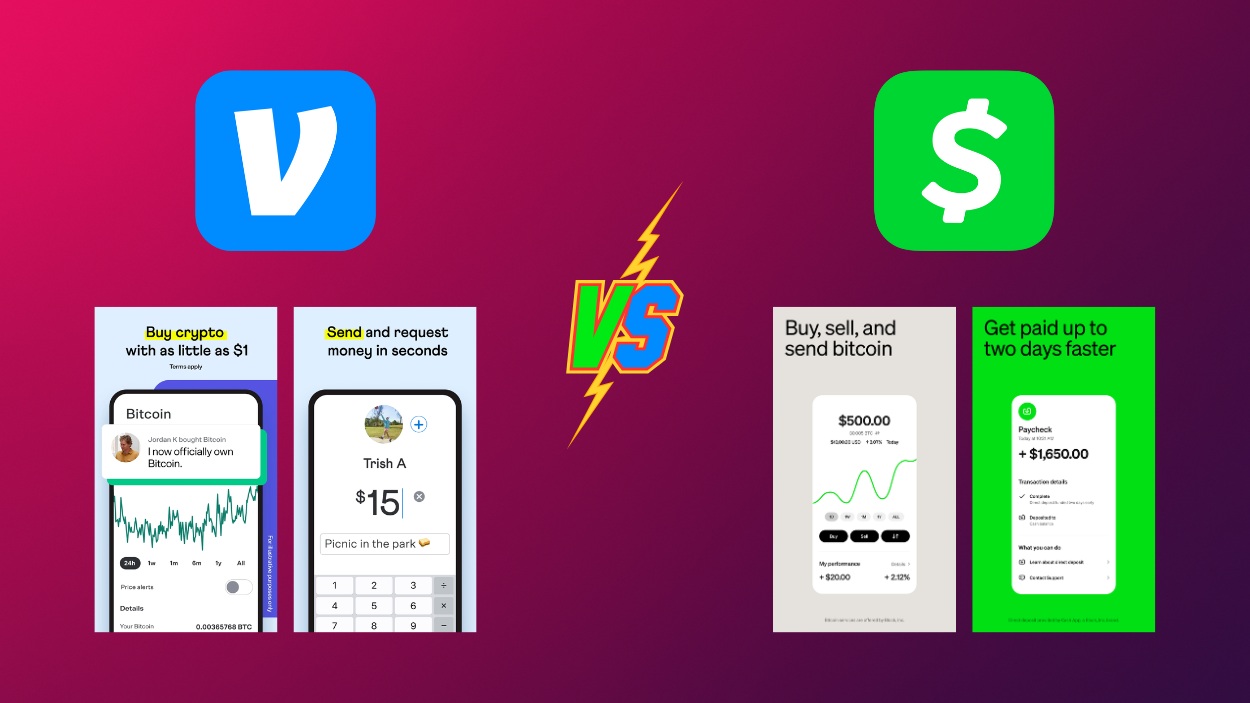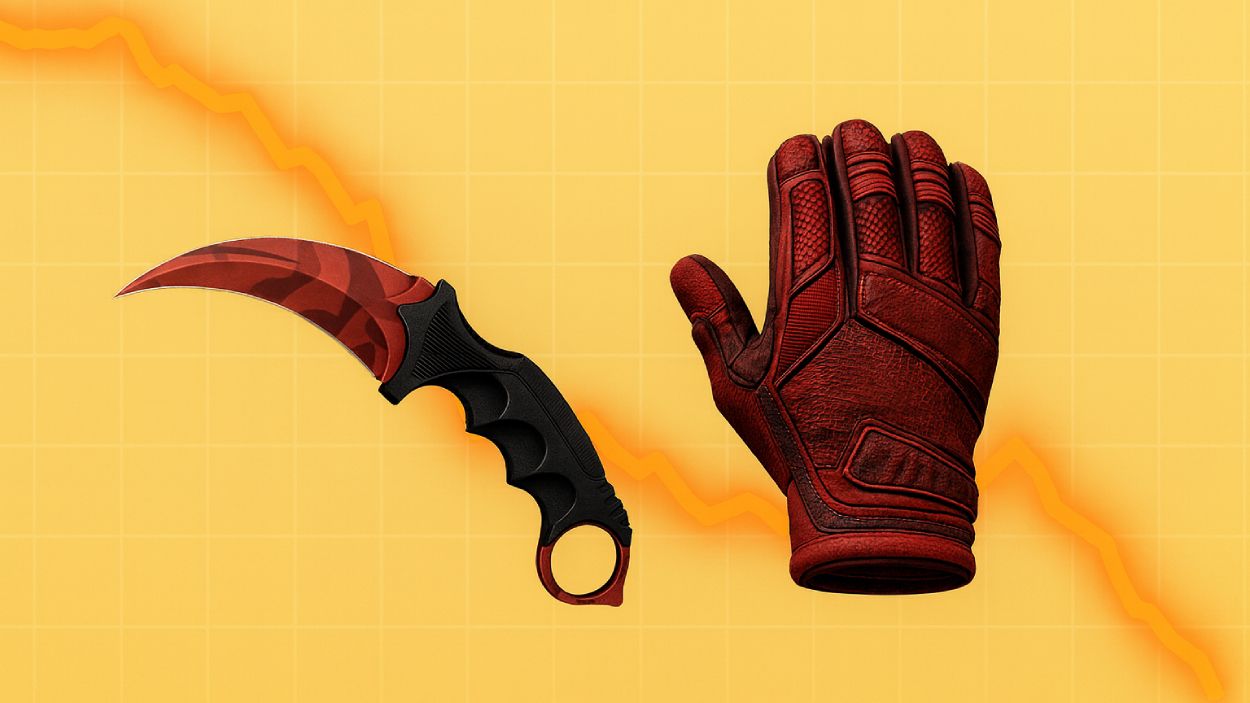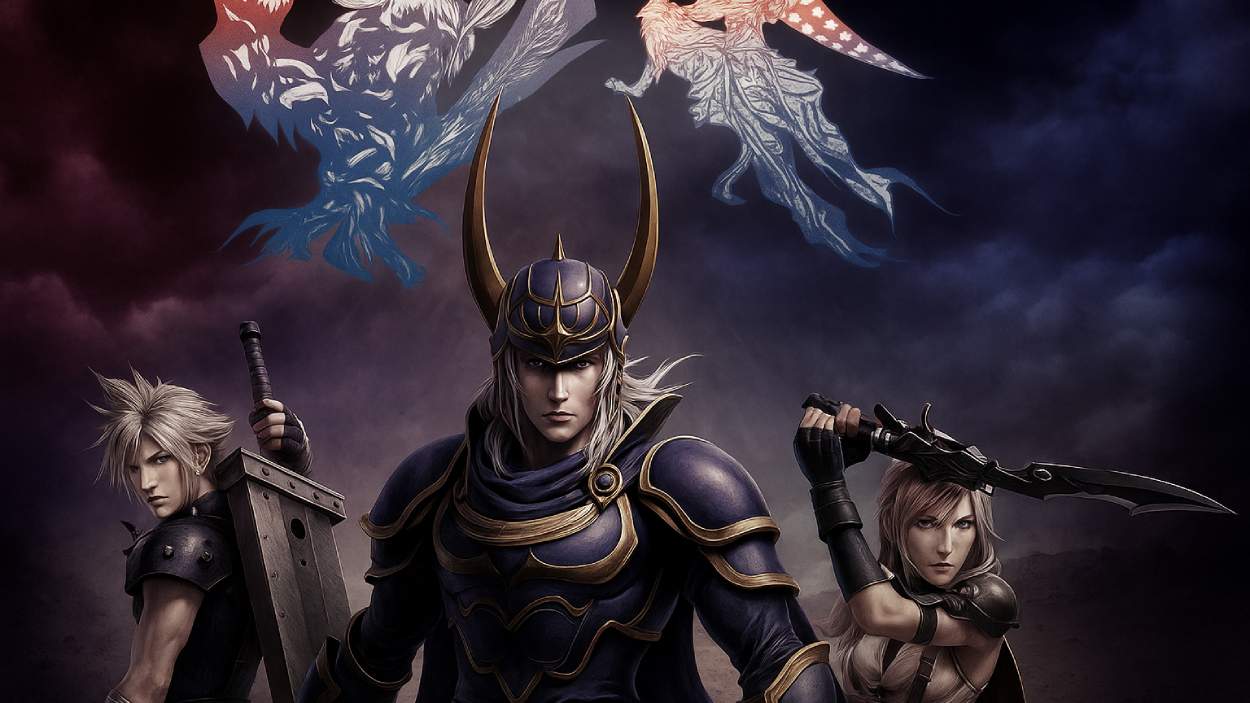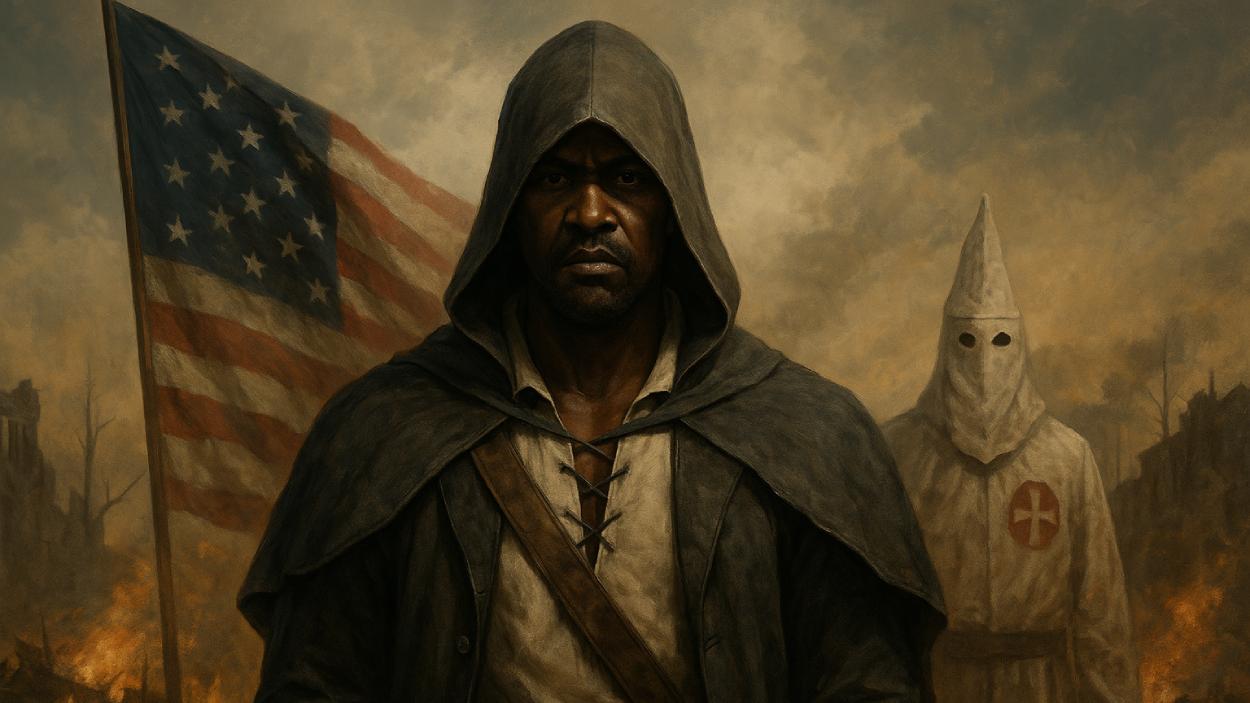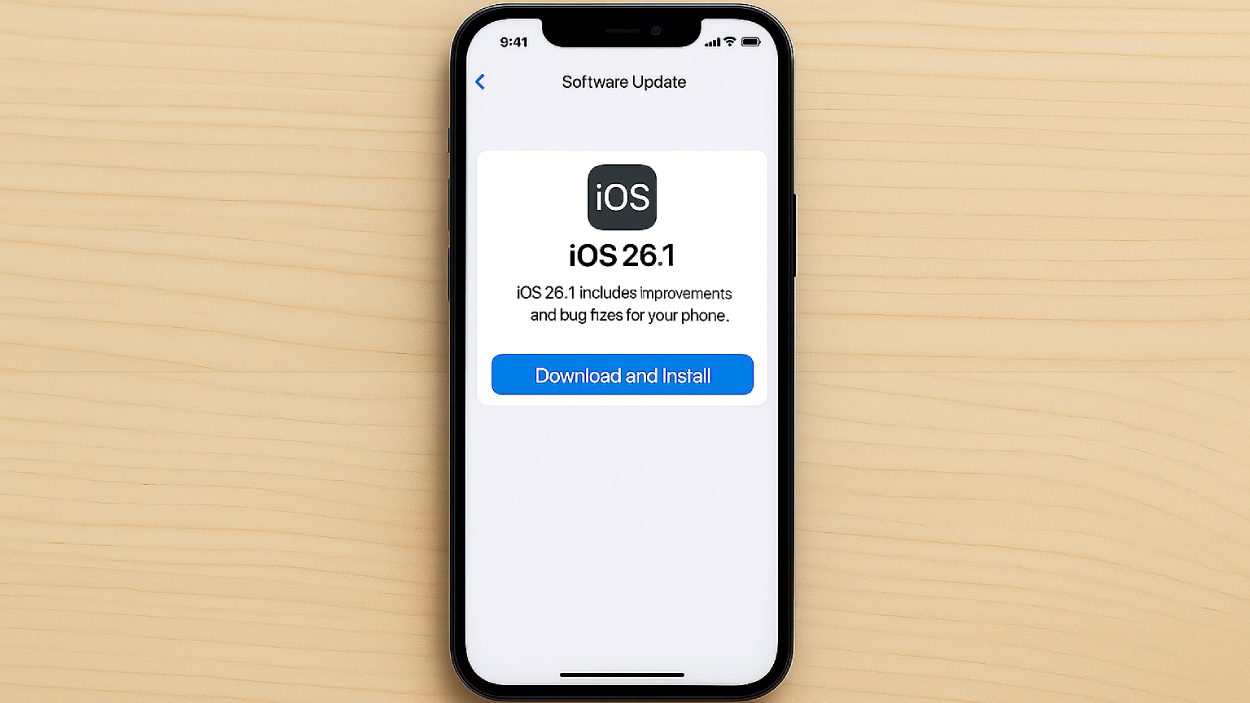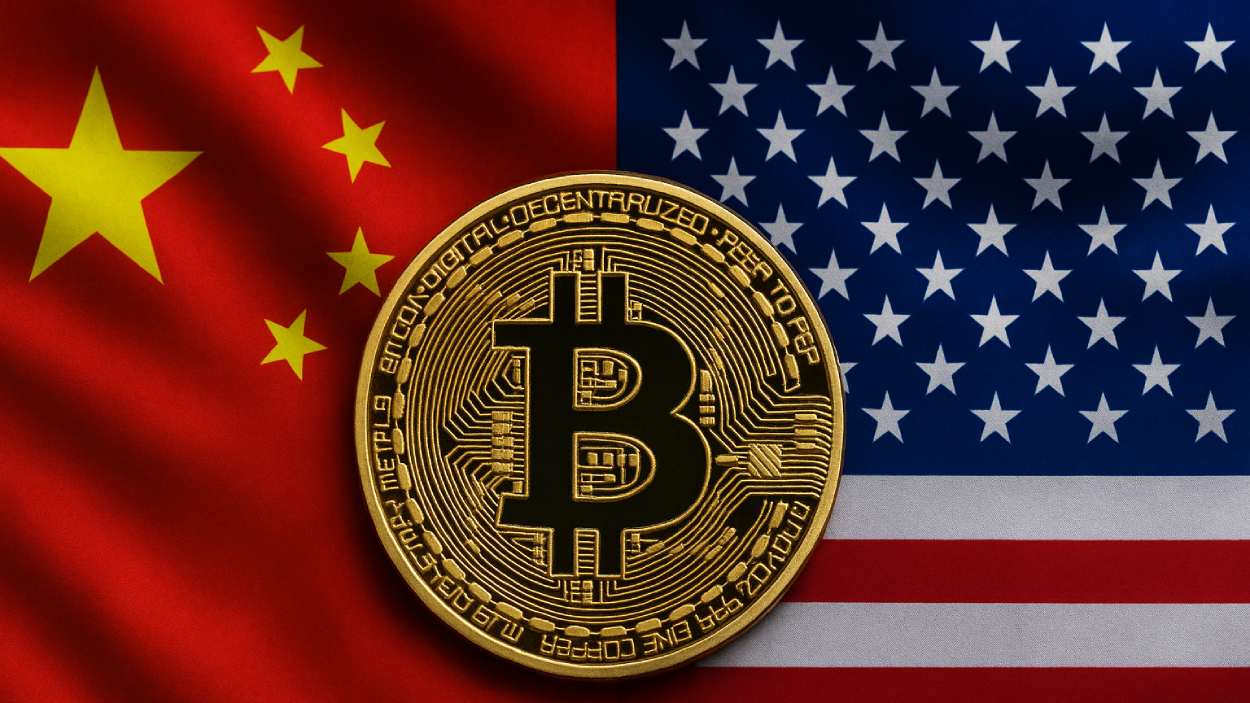China has returned to the global Bitcoin mining stage, now ranking third worldwide despite maintaining a national ban on cryptocurrency mining.
Quick Summary – TLDR:
- China now accounts for 14% of global Bitcoin mining, reclaiming its spot as the third-largest player globally.
- Cheap electricity, idle data centers, and miner optimism are powering this underground resurgence.
- Policy signals and stablecoin developments suggest a more tolerant attitude toward digital assets.
- Bitcoin volatility and U.S. tariff risks are also nudging miners and hardware makers back into action.
What Happened?
China, once the world’s dominant Bitcoin mining hub, saw its market share plummet to zero after a sweeping ban in 2021. But in a surprising twist, new data shows the country has quietly bounced back, now contributing around 14% of the global Bitcoin hashrate. This resurgence is happening without any official change in policy, driven instead by economic incentives and softening signals from regulators.
JUST IN: CHINA IS NOW THE WORLDS 3RD LARGEST #BITCOIN MINER DESPITE IT’S BAN
— The Bitcoin Historian (@pete_rizzo_) November 24, 2025
ASIA TURNING PRO BTC. ITS COMING 🔥 pic.twitter.com/Qj5XCAzwcV
China’s Bitcoin Mining Revival: The Full Picture
In 2021, China banned all crypto trading and mining, citing energy concerns and financial risks. This forced miners to flee to countries like the U.S. and Kazakhstan. But behind the scenes, a quiet comeback was underway.
- Energy-rich provinces like Xinjiang and Sichuan have more electricity than they can consume or export.
- Local miners, like a private operator named Wang, tapped into this surplus, using it to power mining rigs at a profit.
- “A lot of energy cannot be transmitted out of Xinjiang, so you consume it in the form of crypto mining,” Wang told Reuters.
Economic Forces Driving the Shift
The comeback is not ideological. It’s practical.
- Bitcoin price volatility has become a new profit engine for miners who can sell at price peaks.
- Canaan Inc., one of the world’s biggest mining rig makers, saw its China sales rebound to more than 50% of global revenue in Q2 2025, up from just 2.8% in 2022.
- The shift was partly fueled by U.S. tariff uncertainty, which made overseas sales riskier and redirected focus to the domestic market.
Regulatory Winds Seem Softer
Despite no official policy reversal, subtle signs suggest a friendlier tone toward crypto:
- Hong Kong implemented its stablecoin legislation in August, opening regulated paths for digital currency use.
- Discussions around a yuan-backed stablecoin indicate a desire to keep up with U.S. digital asset innovation.
- Patrick Gruhn of Perpetuals.com noted, “Even hints of China’s policy easing could act as a tailwind for Bitcoin’s narrative as a global, state-resilient asset.”
The Hashprice Puzzle
Even as mining activity grows, profitability has come under pressure. According to Luxor data, Bitcoin’s hashprice dropped to $34.2 per PH/s, a record low driven by:
- Weak Bitcoin prices.
- Low transaction fees.
- Rising network difficulty.
Still, analysts expect a small upcoming difficulty adjustment might ease revenue pressure for miners, though the margins remain tight.
Global Impact and Future Outlook
With China now trailing only the U.S. and Russia, its return is reshaping the mining landscape. CryptoQuant estimates 15-20% of global mining capacity now operates in China, much of it under the radar. The irony is hard to miss: a country that once tried to eliminate Bitcoin mining now hosts one of the largest underground ecosystems in the world.
SQ Magazine Takeaway
Honestly, this comeback feels like one of the biggest plot twists in the Bitcoin world. It shows how economic logic often wins over regulation. Despite one of the harshest bans, miners came back the moment the math made sense. Cheap electricity, idle data centers, and soft policy signals gave them just enough room to squeeze in and thrive. What’s wild is that this might not be a one-off. It could signal a broader shift in how countries approach crypto under the surface. If China is back in the game without even lifting a ban, it says a lot about where things are headed.







